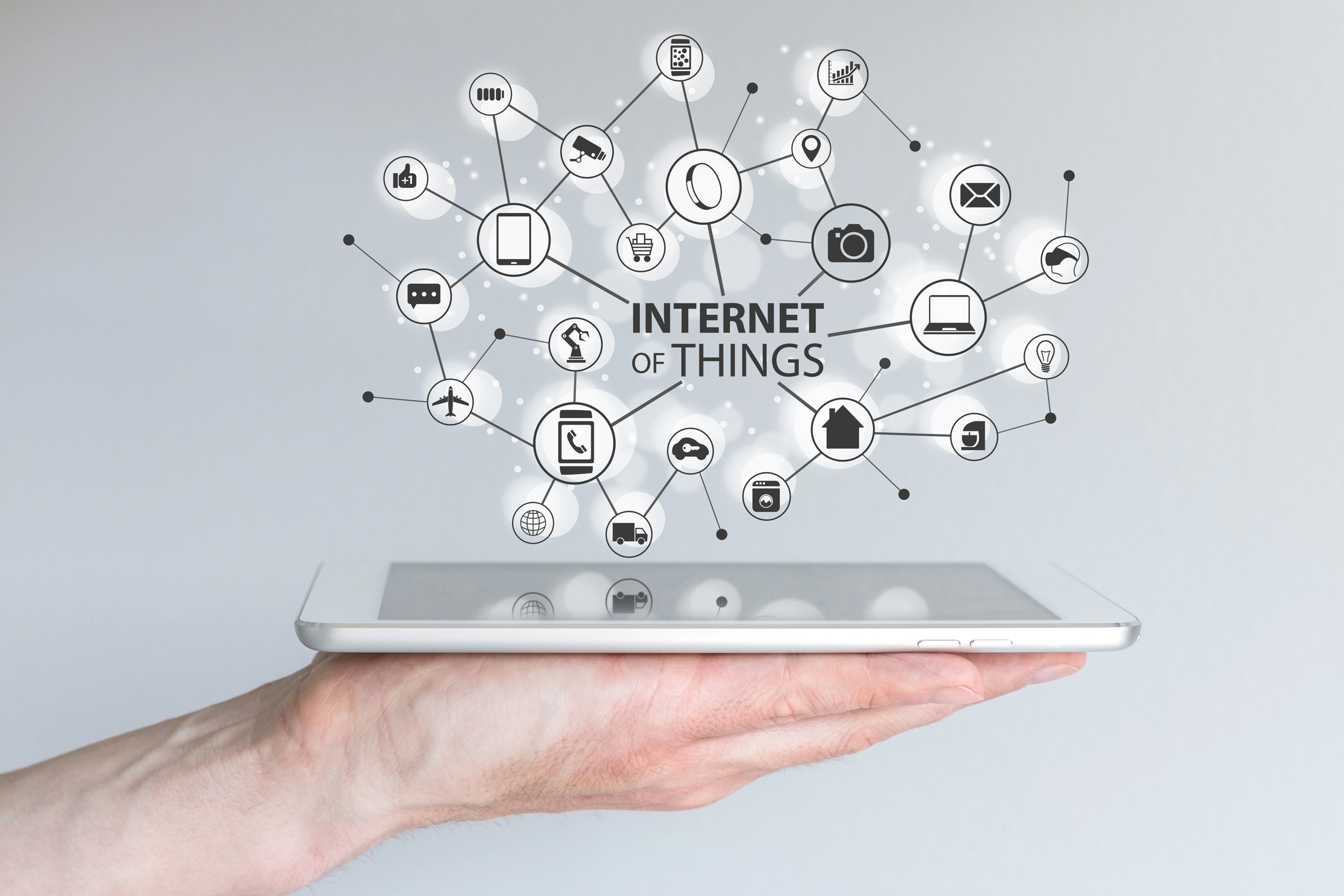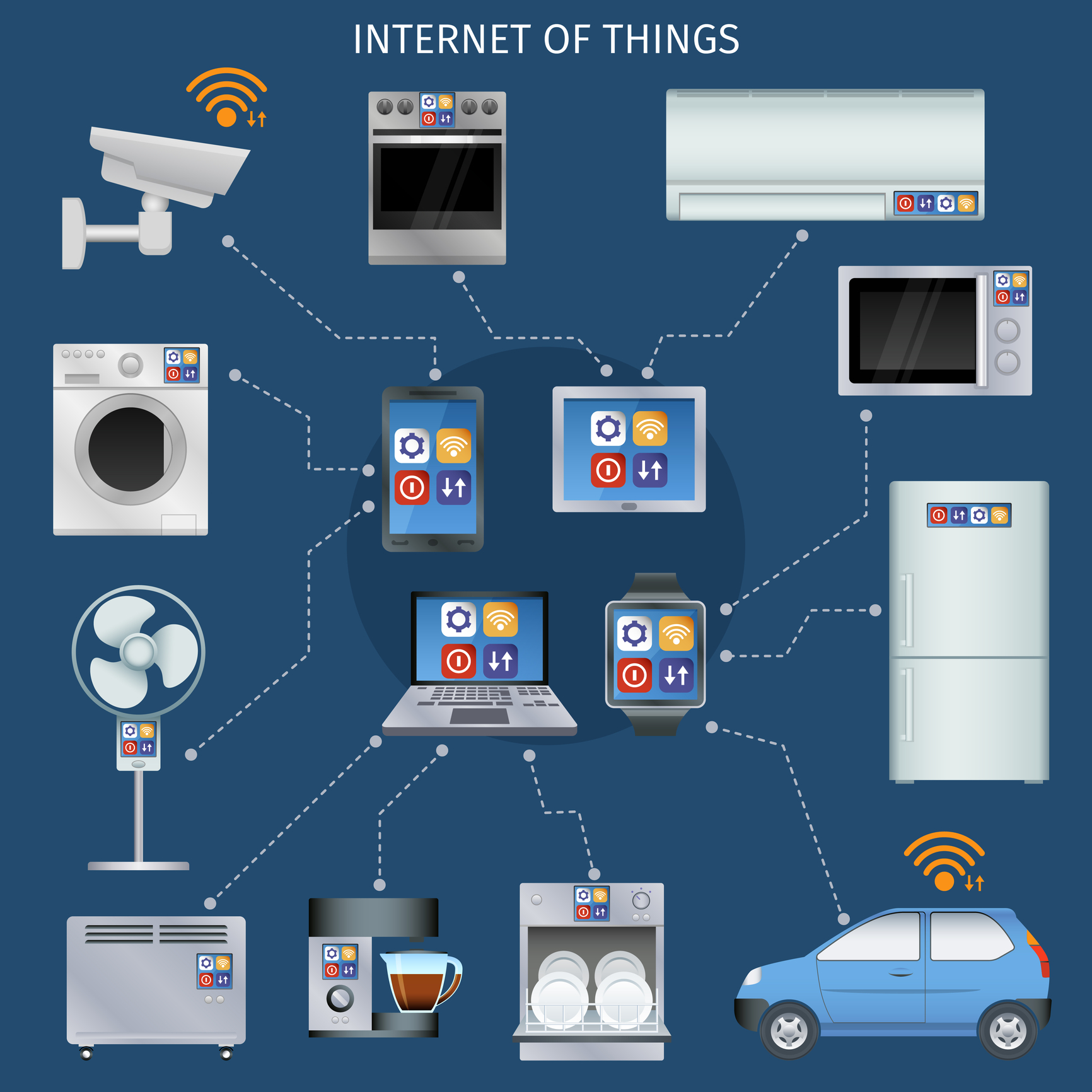Connectivity has become second nature for most of us; even technologically challenged people are able to connect up to Wi-Fi at the local Starbucks. Loading applications and even configuring high-levels of security are within the grasp of the ‘average Joe’.
The Internet of Things (IoT) promises to connect billions of devices to the Internet easily. When we look at the underlying technologies, we find ‘old friends’ like cellular, WiFi, Bluetooth, data management, storage, and of course security. Most of these have been around for at least a decade. This should be easy, correct?, says Daryl Miller vice president, engineering for Lantronix.
The devil is always in the details: Steve Jobs was right when he said, “Simple can be harder than complex: You have to work hard to get your thinking clean to make it simple.” This also points to one reason why after many years, IoT (and even the subset of machine to machine,(M2M) is still in its infancy. According to a 2014 survey by Vodafone, more than 75% of companies worldwide have decided to implement an M2M strategy within the next two years, yet less than one-fourth (22%) have launched an M2M pilot or project. In Europe, the rate of M2M adoption was slightly lower at 21% and in the Americas, it was just 17%.
 News of failed M2M/IoT projects often center on cyber-security issues or the challenges of managing large scale deployments. These are only symptoms of the root cause of why these projects fail or never even see the light of day: inadequate or poor planning. Yes, inadequate or poor planning is the culprit.
News of failed M2M/IoT projects often center on cyber-security issues or the challenges of managing large scale deployments. These are only symptoms of the root cause of why these projects fail or never even see the light of day: inadequate or poor planning. Yes, inadequate or poor planning is the culprit.
As an IoT enabler, we are often approached by businesses who have tried and failed to launch solutions. More often than not, the failure can be attributed to a lack of time spent in:
- gaining a deep understanding of end-user needs;
- the dynamics and intricacies of the technologies involved;
- the infrastructure needed to provide cloud-based solutions; and
- the trade-offs that occur between product costs and levels of security, reliability, robustness, and compatibility, as well as a plethora of other concerns.
At a minimum, no plan should be acted on without deep consideration and early discussion about connectivity, mobility, management, and security. A few areas of consideration for each are:
- Connectivity – what method(s) of connectivity will address the needs of our customers and allow our product to be produced within budget? How can the chosen technologies be future-proofed as standards are updated? What are the nuances involved with making the product work in all geographies (technology variations, regulatory limitations, etc)?
- Mobility – we live in a world where user interaction is increasingly done through smart phones and tablets with workers bringing their own devices and accessing equipment from a wide range of locations. This can dictate the software technology implemented to tailor the user experience for whatever device is used for human interactions. Seems simple, but can really trip up a programme without adequate planning.
- Management – How will the devices be provisioned? Deploying a few devices may allow for manual configuration and management; deploying hundreds, thousands or more will require careful thought and automation. Will we allow the IoT device to make certain decisions itself, filter the data stream, or care for other local operations or do we want everything pushed to the cloud for central management? These just hint at the tip of an iceberg worth of necessary due diligence.
- Security – back in the good old days a user ID and a password would do. In today’s era, multiple layers of security including authentication and encryption starting from the device component level all the way to the cloud – are necessary to ensure that critical data is protected.
“Simple can be harder than complex” but it is not impossible. The take away is to spend sufficient time planning up front to really understand the problem to be solved, the technologies that will yield success – including connectivity, mobility, management, and security, and how to create a solution that will not be obsolete before it is released. Like a skilled composer, success depends on determining which musicians to recruit and how to fit the pieces of the orchestra together to create a magnificent symphony.
M2M and IoT can deliver elegant simplicity and measurable benefits when implemented well. It all starts with planning. While it may still be hard, “working hard to get your thinking clean” can eliminate the #$%^!
The author of this blog is Daryl Miller, vice president, engineering, Lantronix











